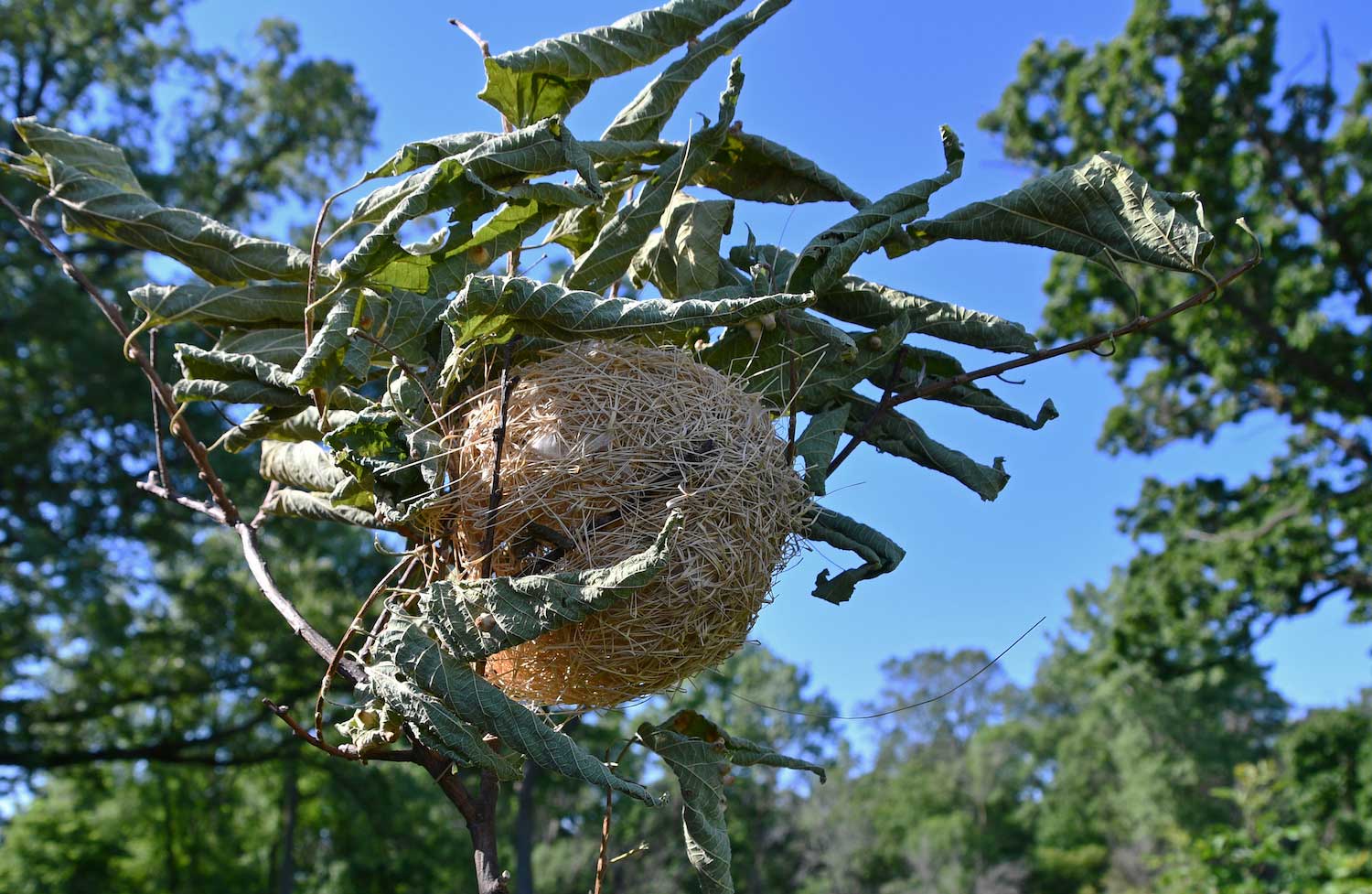Nature curiosity: Is it OK to leave nesting material out for birds?

The impressive construction of a bird's nest is quite a feat of nature, but as awe-inspiring as a nest may be, many birds are not that discerning when it comes to nest-building material.
Twigs, sticks, dried grass and leaves are all common nest-building materials, but some birds will use pretty much anything they can find for their construction efforts, according to the National Audubon Society. And they aren't above taking the easy way out and using materials left out for them rather than searching for them on their own.
The fact that birds will take what is readily available to them poses the question of whether it is OK to leave materials out with the intent that the birds will use them to build nests. Most birding groups, including the National Audubon Society and the Cornell Lab of Ornithology, say it's OK to provide nesting materials, so long as they are the right type.
Materials that are safe to leave out for birds include those that they would seek out on their own to use in nest construction. These include obvious things like twigs, small sticks, leaves and small pieces of straw, according to the Audubon Society. Less obvious natural materials birds may use for nests include bark strips, pine needles, feathers, grass clippings and plant material such as down from cottonwood trees or the fluffy material from cattails.
Providing nesting material for birds can be as simple as leaving your yard a little untended, letting sticks and leaves remain where they fall, according to the Cornell Lab of Ornithology. Or you can gather a collection of materials like sticks and leaves and put them in an out-of-the-way spot or leave small collections of grass clippings in your lawn after cutting the grass. Other ideas for leaving out nesting material include placing it in a suet feeder, stuffing it in crevices on trees and draping it over shrubs and other vegetation.
Another less obvious thing to provide for nest-building birds is a muddy puddle in your yard or garden, according to the Cornell Lab. Many birds, including robins, phoebes and barn swallows, build nests from mud, and having easy access to a mud puddle will help them with the process.
While it is safe to leave out some materials for birds to use in their nests, a few should be avoided, even though birds may sometimes use them when they come across them naturally. Specifically, human hair, dryer lint, yarn, string, tinsel, plastic strips, aluminum foil and cellophane should never be left out for birds. Some of these items, like plastic strips, tinsel, yarn and string, can be tangling hazards for the birds and their nestlings.
Although it may not seem like it, human hair can be similarly dangerous for birds, because it is long, thin and strong, meaning it can become wrapped around a bird's wing or leg, the Audubon Society reports. Because it is soft and fluffy, dryer lint may seem like a good choice for nesting material. However, it cannot withstand rain and moisture, so nests built with a lot of lint may crumble or otherwise fail when wet.
Pet fur, too, should be avoided. While fur in general is safe and often used by birds, pet fur can be problematic if the animal has been treated with flea medicine, the Audubon Society reports.
